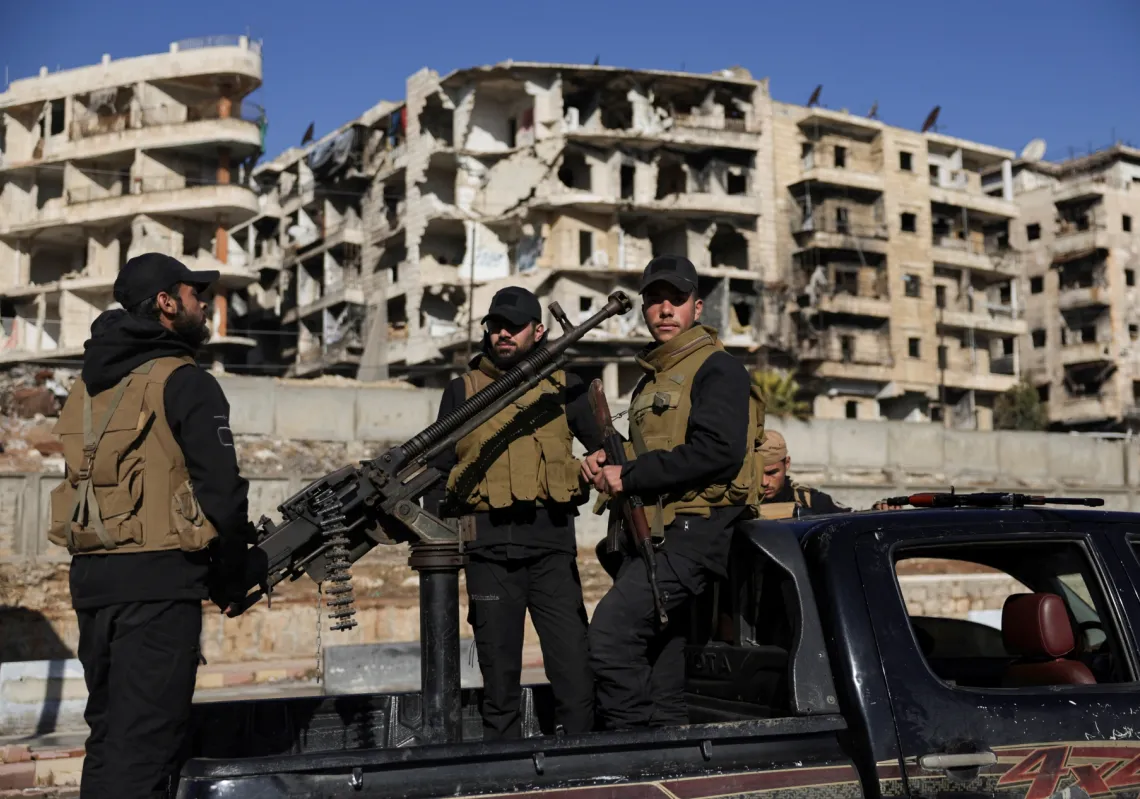The Lebanese people are no strangers to crisis, but now there is a new concern sweeping the country: the safety of its buildings.
Heavy rainfall throughout the winter has been followed by a string of collapses, adding to worries over cracks that have appeared on buildings, many of which are old and crumbling. Some have been around for almost a century, especially in the historic neighbourhoods of Beirut, Tripoli, and Sidon.
When buildings fell in the Mansourieh area, followed by two buildings falling in the Choueifat area, it added to the sense of crisis in a country where the Lebanese, as one wise citizen once put it, live “under no roof.”
The collapses seemed emblematic of wider problems. Lebanon lacks effective presidential leadership after an atrophy of statesmanship. There’s no stable economy or a reliable national currency amid pervasive corruption, chaotic governance, and a lack of accountability. Any sense of sustainable security is elusive in the face of these challenges.
Then came the rains, the collapse of some buildings, and a sense that more could follow.
While the causes of collapses vary, the factors involved are interconnected. First, most of the fallen buildings were constructed decades ago, and little to no structural maintenance has been conducted.
On their part, owners ignored warnings from municipalities and relevant agencies. Landlords – indifferent to the buildings and real estate where tenants have resided for decades – face a dilemma due to outdated rent laws. Owners see it as unfair, making them more reluctant to address essential maintenance and safety measures.
The rain caused underground reservoirs to overflow, displacing soil and even rocks in some areas. This has caused cracking in some buildings, many of which were constructed during the civil war or are in unregulated developments, or even slums, surrounding cities.
Building collapses—which sometimes tragically result in casualties—are predominantly concentrated in or near coastal areas, where soil is naturally softer.
Nothing new
Building engineering defects aren’t a new issue in Lebanon or elsewhere. However, the country’s lack of effective governance has made the problem more difficult to address. There is a lack of funding and legislation to protect residents against the dangers of defective buildings.
Neither is there a strategic plan to use modern engineering to safeguard the old buildings, with their cracks that seem particularly symbolic of the sense of national decline in Lebanon, especially in Beirut and other coastal cities.
In these areas, the impact of the 1975 to 1990 civil war on buildings is clear, especially along the lines that demarcated the conflict in Tripoli, Beirut and on into the mountains.
The 40-floor Murr Tower—once a source of pride as the first skyscraper in the Middle East and at the entrance to Hamra Street in Beirut—still bears visible scars of war. Built shortly before the outbreak of the conflict, it is unsafe to live in because of the damage it sustained from mortar fire.














